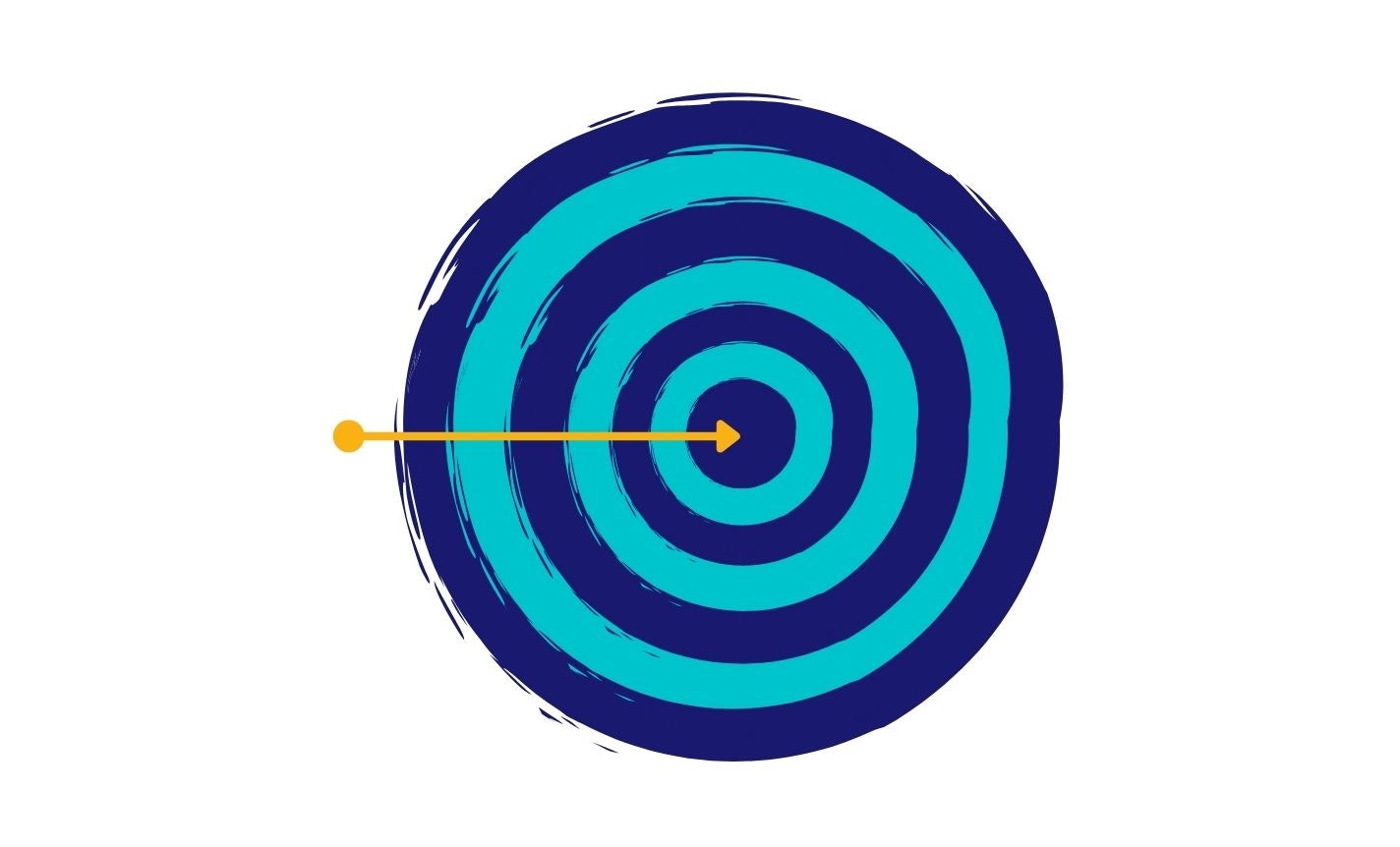Using Ring Theory for Grief and Social Justice
Using Ring Theory, we can be more mindful of who we talk to and how we talk about grief and trauma. This way we offer real support and set personal boundaries.
A resource by Sacil Armstrong

Ring Theory, created by psychologist Susan Silk and her friend Barry Goldman in 2013, is a way of talking about grief and trauma that offers true support to the person in need and respects personal boundaries.
The theory says that in a crisis, the person directly affected the most is at the center of the circle. Their closest relationship is one circle out. Then the people next closest are in the next circle – often immediate family members, but it could be close friends. Then the next closest people are one more ring removed from the center. Colleagues, casual friends, and acquaintances are on the outer rings. Professionals available to help would usually be on the outer rings. And strangers, bystanders, and nosy people are on the outside ring.
The theory says that the person in the center of the crisis can cry, moan, ask why me, and dump their emotions as much as they want because it all goes towards rings outside of their own. Everyone else can grieve as well, but only to people in circles larger than their own. The point is to not put your emotional burden on people closer to the crisis than you. Comfort In, Dump Out.
How would this work when talking about social justice?
When a marginalized group is targeted with violence, they are the center of the circle. They should receive comfort and support. Ask, how are you? What can I do to help?
For example, when an Asian person is the target of a hate crime, when a Black person is killed by police, when a gunman attacks a mosque, those peer groups are the center of the circle. It's okay to feel fear, anger, and grief if you don't belong to the peer group. It's natural and compassionate to feel those emotions.
However, using Ring Theory, you would direct those emotions to people who are farther away from the center of the circle than you. You would intentionally direct comfort and care to the targeted group.
Showing comfort to the people in the center of the circle includes not asking them to explain what's happening or why it's traumatic. In this day and age of the internet, we can always find an article or video to explain what happened, so there's no need to ask your friend or acquaintance to do emotional labor during their grief. There are coaches who specializes in social justice to help you work through your questions and emotions.
While this theory was developed with people's personal grief in mind, it also works for processing collective trauma and social justice.

 Back to Community Resources
Back to Community Resources


